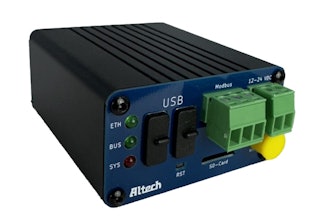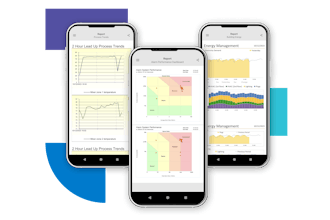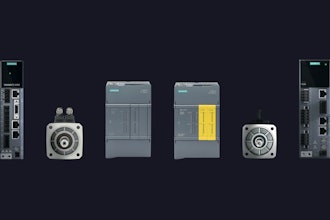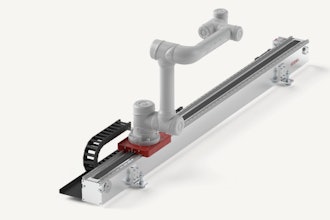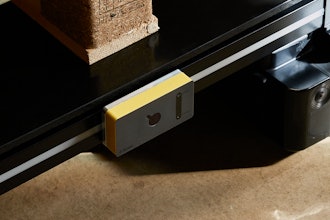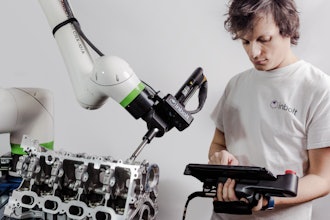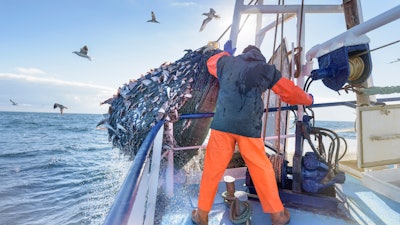
Atea, IBM and Sjømatbedriftene, the Norwegian Seafood Association, today announced an industry-wide collaboration to use blockchain technology to share supply chain data across Norway’s seafood industry. The goal will be to provide safer, better seafood to consumers worldwide.
Several Norwegian seafood companies are now in the process of putting data onto the network. One of these companies is Kvarøy Arctic, a leading provider of naturally sea-farmed salmon, who will soon begin delivering products to leading retailers in the United States and Canada using the tracking and provenance technology. BioMar, a leading provider of high-grade fish feed, has also joined the network allowing Nordic seafood companies to provide insight into the origin and quality of seafood, as well as the quality of feed the fish consume.
“It is important for our customers to know that the seafood they eat is not only safe but produced in a sustainable and healthy manner,” says Alf-Gøran Knutsen, CEO of Kvarøy Arctic. “Blockchain lets us share the fish's journey from the ocean to the dinner table. This is now more timely than ever, as consumers want more information about where the food they eat comes from.”
Norwegian seafood is known for its quality and the country exported more than 2.7 million tons of it in 2019, the equivalent of 25,000 meals per minute. At the same time, monitoring where the fish comes from, its growing and storage conditions, and reducing food waste remain of critical concern to seafood consumers who care about sustainability.
Robert Eriksson, CEO of the Norwegian Seafood Association, believes that the technology will be of great significance going forward and that it will increase the competitive edge of the industry: “Norwegian seafood is known for its quality. At the same time, we still do not have the ability to trace where the fish came from, how it was grown or how it was stored. This creates the potential for fraud and food waste.
 The new partnership between Atea, IBM, and Sjømatbedriftene will bring several seafood producers together to begin using blockchain.Sjømatbedriftene
The new partnership between Atea, IBM, and Sjømatbedriftene will bring several seafood producers together to begin using blockchain.Sjømatbedriftene
"Blockchain can help eliminate these problems with a transparent, accountable record of where each fish came from. We believe that this is only the start of something that will mean a great deal for the industry by creating more sustainable food production, which in turn will increase the return for producers," Eriksson states.
Blockchain technology can help seafood producers create a “single version of the truth” about supply chain events, allowing consumers to trace their seafood products directly back to the source and enabling producers to tell stories about the products, where they come from, and how to prepare them. The private blockchain network records data about catch location and time, supply chain events like shipping updates and customs clearance, and even temperature, which can then be shared with permissioned parties seamlessly.
According to a recent IBM study, 71 percent of consumers indicate that traceability is important to them and that they are willing to pay a premium for brands that provide it. This new blockchain-based network will allow customers in-store to know the fjord where the fish is from, when it was fished, the feed it has eaten and whether the facility uses sustainable methods.
Customs agencies will also be able to more easily access data about volume and location of shipments to expedite customs clearance. By sharing all this information, in a hopefully seamless fashion, seafood producers will also be able to charge a premium, increasing pay for the people who catch your fish. “The Norwegian seafood industry exports more than $800 million worth of fish a year, making this an incredible opportunity to improve the quality of the products Norway shares with the world,” says Steinar Sønsteby, CEO of Atea ASA.
The blockchain network uses IBM Blockchain Transparent Supply and enables organizations and consortia to build out their own sustainable blockchain-based ecosystem. Its' goals are to promote transparency and collaboration, allowing networks to manage their own membership, securely share documents and create a permanent record of the history and lifecycle of physical and digital assets. “Blockchain is about enhancing flexibility and transparency,” said IBM Food Trust General Manager Raj Rao. “This powerful technology gives network members the option to develop their own governance and determine how and what information is shared.”















